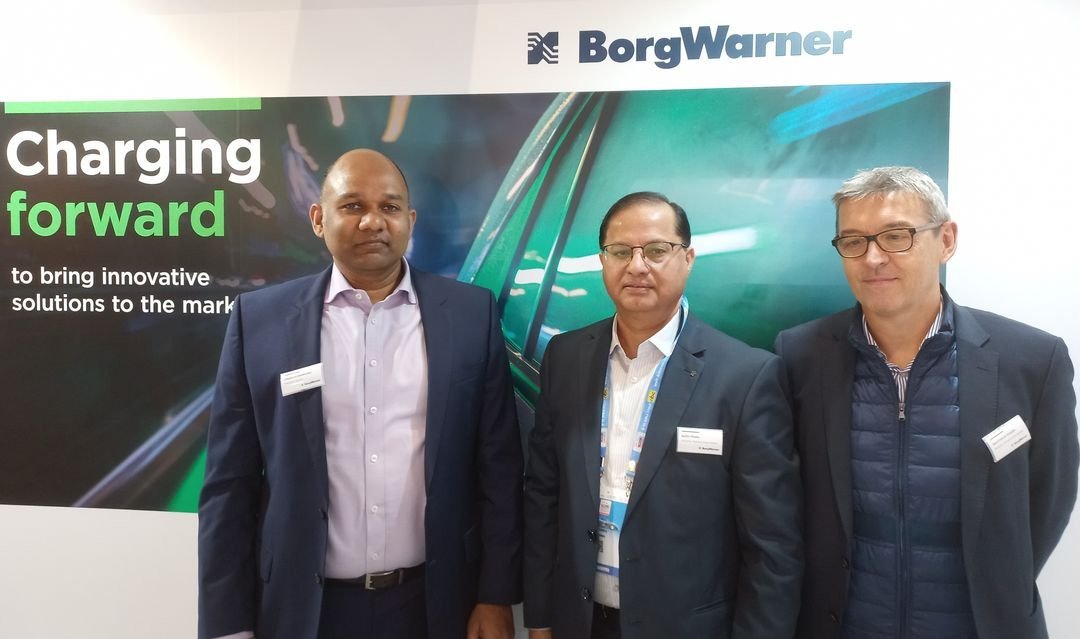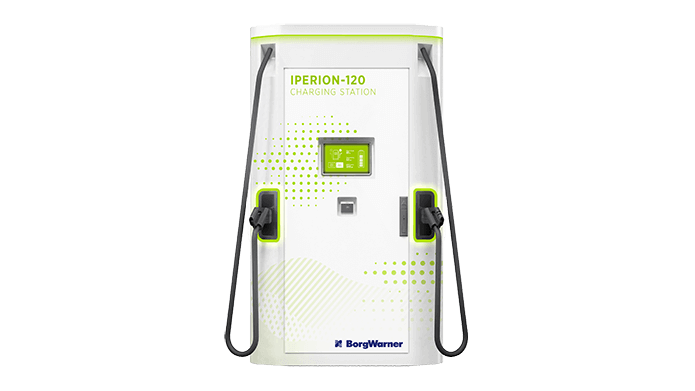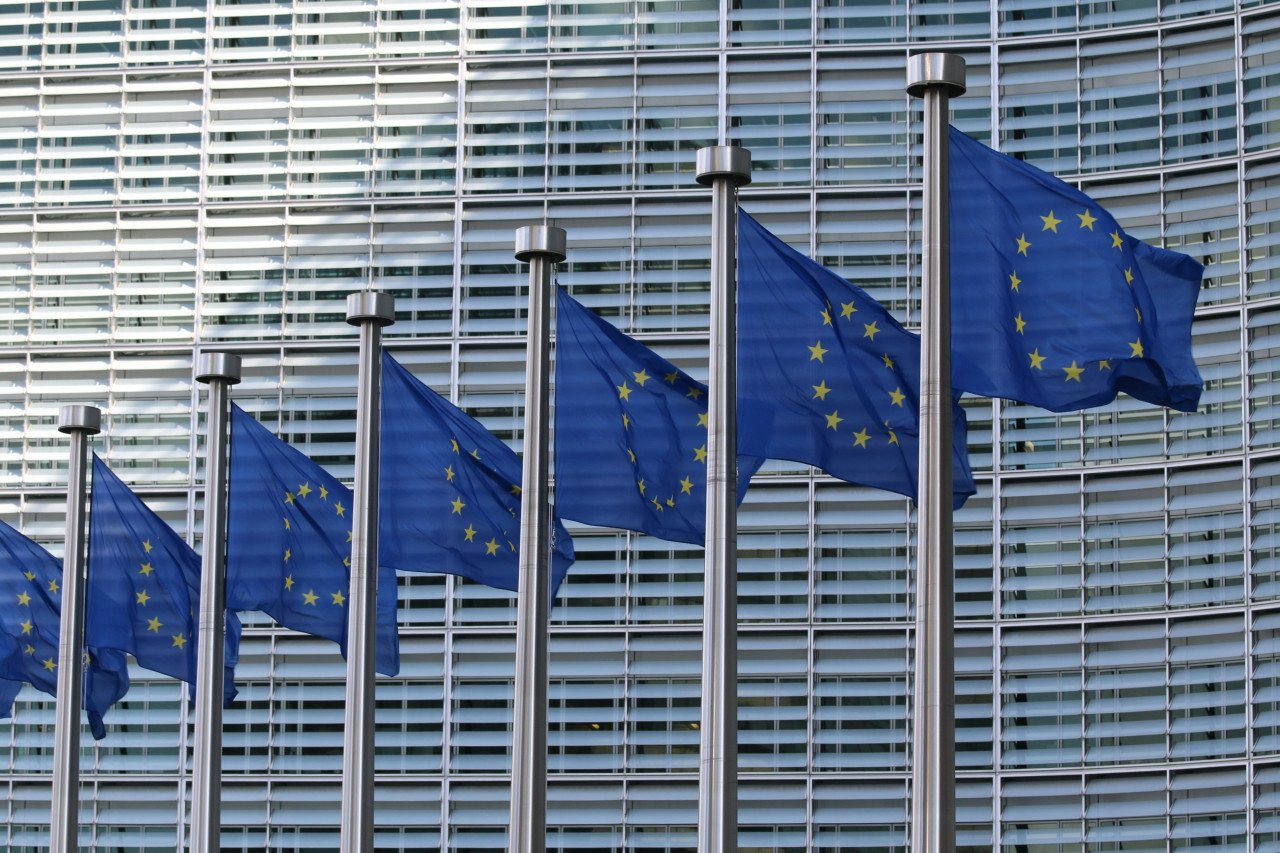BorgWarner 'charged-up' for Electrified future
What is BorgWarner's strategy and product line-up in the Indian market? Since e-2W is the largest EV segment and fast-emerging in India, and your company has traditionally focused on larger vehicles, how does this match up?
Chandrasekar Krishnamurthy: We are not focusing on the two-wheeler market at present. In India, our focus is primarily on passenger cars and commercial vehicles. In terms of specific strategies, there is a lot that is taking place in the background, as we strategize ourselves to cater to the emerging needs of the market.
Sudhir Kumar Chawla: From ETTS point of view, except for a couple of companies that are already taking a major lead in e-mobility, rest of our customers in India are in the announcement stages. The advantage that India can enjoy is that we have a product line that is already in use in Europe, China, and the US. So, we don't really have to re-invent the wheel for the Indian market. We are already engaged with some customers in the EV space, and look forward to seeing more in the coming years.
BorgWarner's products tend to be on the premium side. Does the cost factor play a role in India? given that the volume of EV manufacturing is limited in the cars and e-bus segment.
Sudhir Kumar Chawla: Just because BorgWarner is a multinational company from the US does not make us premium. Our products make us premium. If not for that fact, we would not be taking the lead in the Indian market, which is extremely price sensitive. We lead with our strategy of local manufacturing, localization, local application, and development of local engineering skills. That is how BorgWarner continues its drive and competes against the local market.
But then, the EVs in developed markets are premium vehicles with advanced technologies, superior electronics, and battery-powertrain systems, say Tesla or Mercedes-Benz EQ range. However, in India, we are talking about a 10-15-lakh range electric car for the mass market. Isn't that a challenge for BorgWarner?
Chandrasekar Krishnamurthy: I ask my team what they want in a new car that they may purchase. They want everything that is currently available in the western world. And those features are already available in our Indian cars. Despite that, the Indian cars are cheaper, thanks to our capability for frugal engineering. In terms of package, everybody works on the cost aspect, but technology wise, none of us wants to buy anything that is inferior. That is why BorgWarner's solutions are already powering Indian vehicles.
Sudhir Kumar Chawla: I believe that we are ready to pay for quality. We have to contest the myth that Indians are unwilling to spend. I notice that Indians are paying for technology.
Chandrasekar Krishnamurthy: Speaking in terms of specific product requirements, may it be Tesla or Tata Nexon, the OEMs specify them according to the use-case of the market. I can take a Tesla out on a highway on the autobahn in Germany and max out at 200-220 miles per hour. I can't do that in India. We have a lot more stop-and-go traffic in our country. What is really exciting about India is that the OEMs are tailoring their products to the Indian market, making them cost competitive.
RELATED: BorgWarner presenting 'Charging Forward' electrified strategy in India | Auto Expo 2023
At BorgWarner, scaling-down the technology, from requirements standpoint, can very well be adapted, and also comes with cost-advantages. Localizing manufacturing in India would bring in an additional cost competitive advantage. Added to that, we have a local workforce that is focused on understanding the Indian ethos behind the product and developing a product specific to the local market. It has to be viewed from a holistic standpoint on how we manage the cost competition that exists in India.
We are taking our steps one by one. Our products are in place, now we will move up to engineering them. We are up-skilling our global workforce in India into an e-mobility engineering team. Next week we are opening a new technology centre in Bangalore, for which we already have 350 employees. It will be called India Propulsion Engineering Centre, focused primarily on e-propulsion. The Indian tech center supports global platforms, but the long-term vision is to build that capability to capture future opportunities in the Indian market.
We keep a sharp eye on market developments. In the last couple of years EVs have got a big push worldwide, and the market is dynamically moving up. How long this trend will hold is something we are watching closely. What we can do, from a strategic standpoint, to keep up with these uncertain market trends is to teach our team to be very agile and adaptive.
Hydrogen seems to hold a future for the commercial vehicles segment globally. Since the switch from a diesel to hydrogen combustion system seems probable, is BorgWarner exploring hydrogen combustion engines or products relating to it?
Jean-Francois Savajols: We already have solutions in the H2 space. We also have a tech demonstration vehicle currently running in France. I am sure, BorgWarner is ready for H2. When it comes to other products that we have today, typically for diesel, some have required minimum adjustments and the team has been working in the past year to make sure that our products can be applied to H2 combustion. From a readiness standpoint, I would say BorgWarner is ready to support H2, and is engaged with different customers as they look at implementing the hydrogen combustion solution.
Any technological evolution happening in fuel cell side as well? Does BorgWarner have any presence in fuel cell?
Jean-Francois Savajols: In fuel cell space, we have some connections with customers. Largely, I would say we are watching the market trends. I think the big focus, at the moment, is on batteries, so we are putting a lot of our energy to support electrification through battery. However, at some point hydrogen fuel cells may become an important option. I think the issue today is infrastructure. It is going to take a few more years before we start to see a supply of hydrogen in a way that can enable the technology to pick up. Today, we are completely embracing and supporting the launch of electrification with battery across the world; there might be a moment where we could step in and also accelerate on the fuel cells. Not at the moment, though.
RELATED: BorgWarner completes SSE EV charging, Smart Grid businesses acquisition
























